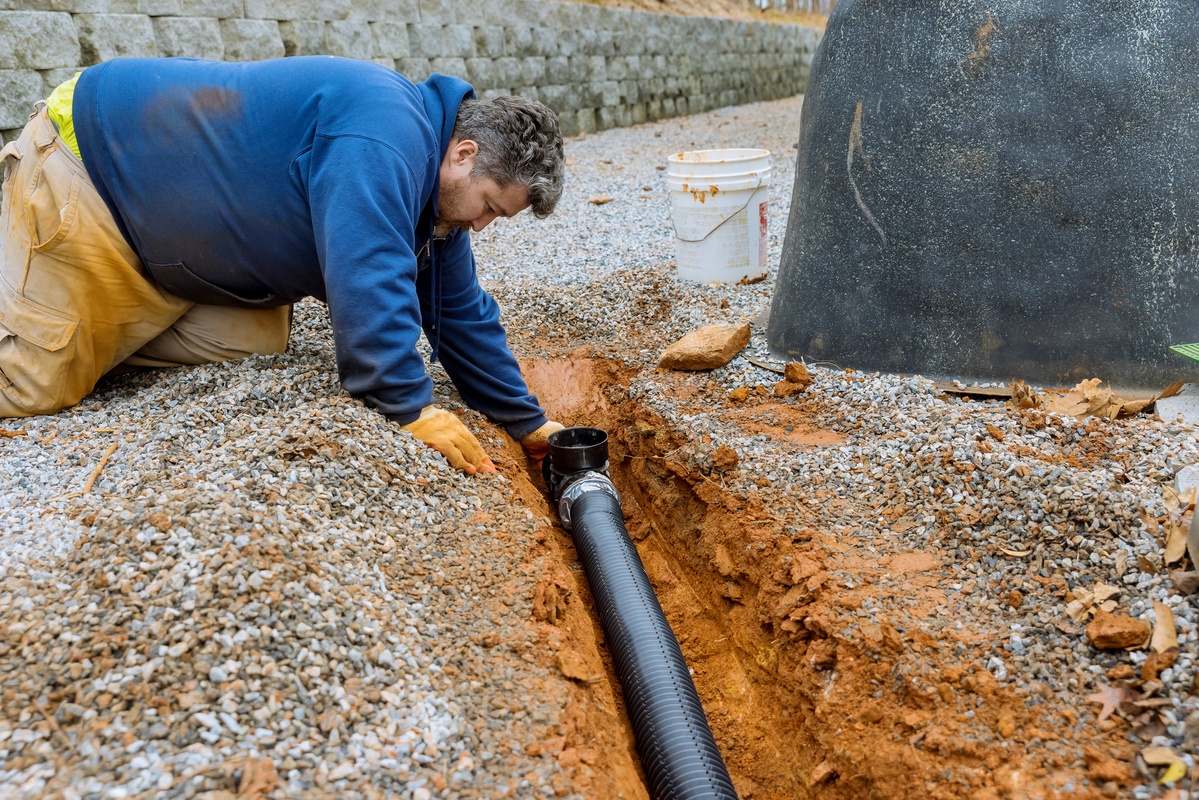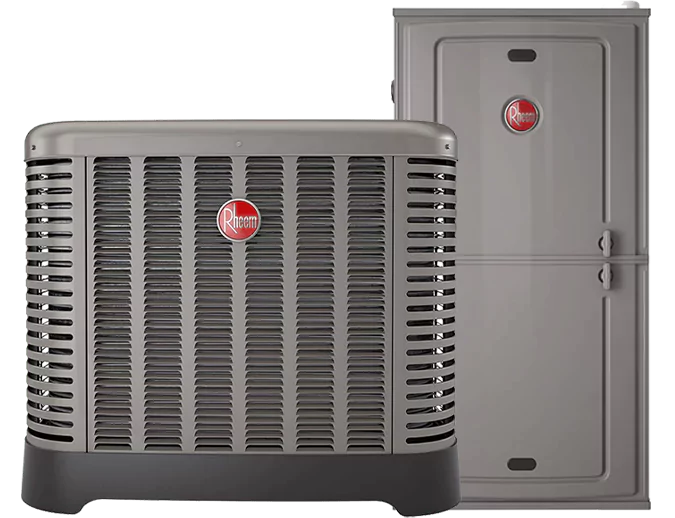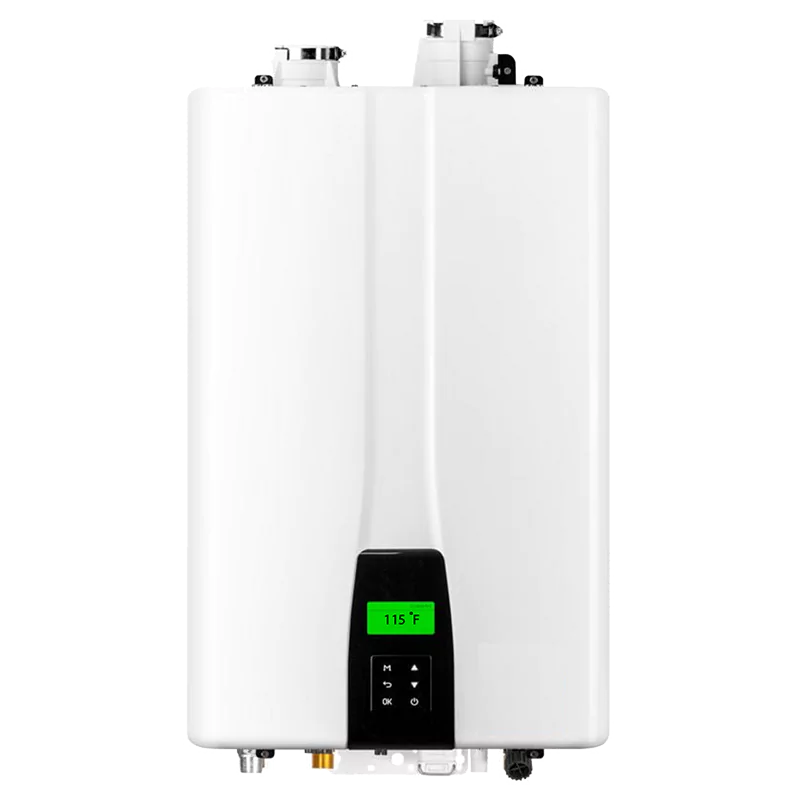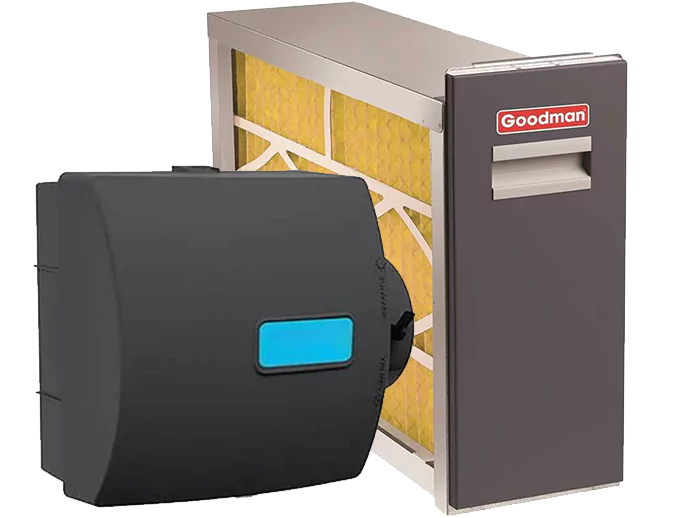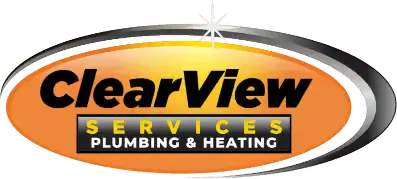Sewer line upgrade is a significant undertaking for homeowners, but with the right knowledge and approach, it can be managed effectively. Whether you’re facing tree root intrusion, aging pipes, or other sewer line issues, mastering the replacement process is essential. This comprehensive guide will equip you with the skills and insights to handle sewer line replacement like a pro.
1. Understanding Sewer Line Issues:
Before replacing a sewer line, it’s crucial to understand the common issues that can lead to problems. These include tree root intrusion, corrosion, blockages, poor installation, and more. Identifying the specific issue affecting your sewer line is the first step toward successful replacement.
2. Signs Your Sewer Line Needs Replacement:
Recognizing the signs of a failing sewer line is essential for timely intervention. Signs may include frequent clogs, slow drains, foul odors, sewage backups, and noticeable changes in your yard or property. If you notice these signs, it’s time to consider drainage line replacement.
3. DIY vs Professional Replacement:
While DIY projects can be tempting, sewer line renewal is best left to professionals. Professional plumbers have the expertise, tools, and experience to handle complex sewage line replacements safely and efficiently. Hiring a reputable plumbing company ensures quality workmanship and peace of mind.
4. Hiring the Right Professionals:
When choosing a plumbing company for sewer infrastructure renewal, consider factors such as experience, licensing, insurance, customer reviews, and pricing. Request quotes from multiple companies, ask about their process and warranty options and choose a company that offers comprehensive services and excellent customer support.
5. Preparing for Replacement:
Preparing your property before the replacement process begins is essential. Clear the area around the sewer line, remove any obstacles or landscaping features, and ensure access for equipment and workers. Communicate with your plumber about any specific requirements or concerns.
6. Replacement Methods:
There are various methods for drainage line replacement, including traditional dig-and-replace methods and trenchless technologies like pipe bursting and pipe lining. Discuss the best approach with your plumber based on the severity of the problem, budget considerations, and long-term goals.
7. Monitoring the Replacement Process:
During the replacement process, stay informed and monitor the progress closely. Communicate with your plumber, ask questions, and address any concerns promptly. A transparent and collaborative approach ensures that the replacement is completed to your satisfaction.
8. Post-Replacement Maintenance:
After the sewage pipe replacement is complete, follow any maintenance recommendations provided by your plumber. This may include periodic inspections, avoiding certain activities that could damage the new line, and ensuring proper drainage and flow.
Successfully mastering sewer line upgrades requires a combination of knowledge, preparation, and collaboration with experienced professionals. By understanding common sewer line issues, recognizing signs of trouble, hiring the right professionals, preparing adequately, choosing the appropriate replacement method, monitoring the process, and following post-replacement maintenance guidelines, you can ensure a smooth and effective wastewater line replacement experience. With these insights, you’ll be well-equipped to handle sewer line replacement like a pro and maintain a healthy plumbing system for years to come.
Ready to become a pro at sewer line replacement? Dive into our comprehensive guide at ClearView Services. Call us now at 403-216-8439 for expert assistance and to ensure a successful sewer replacement!
